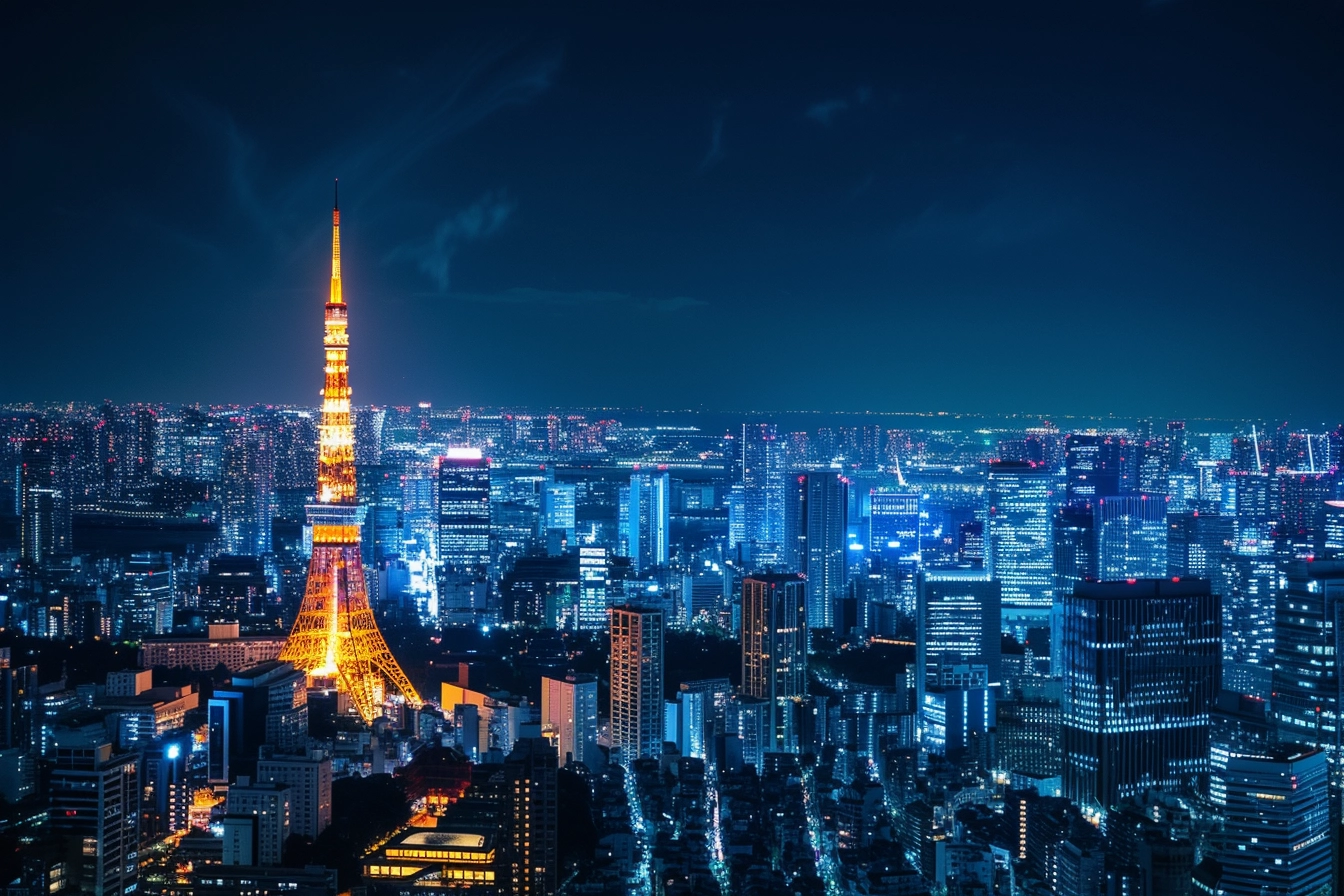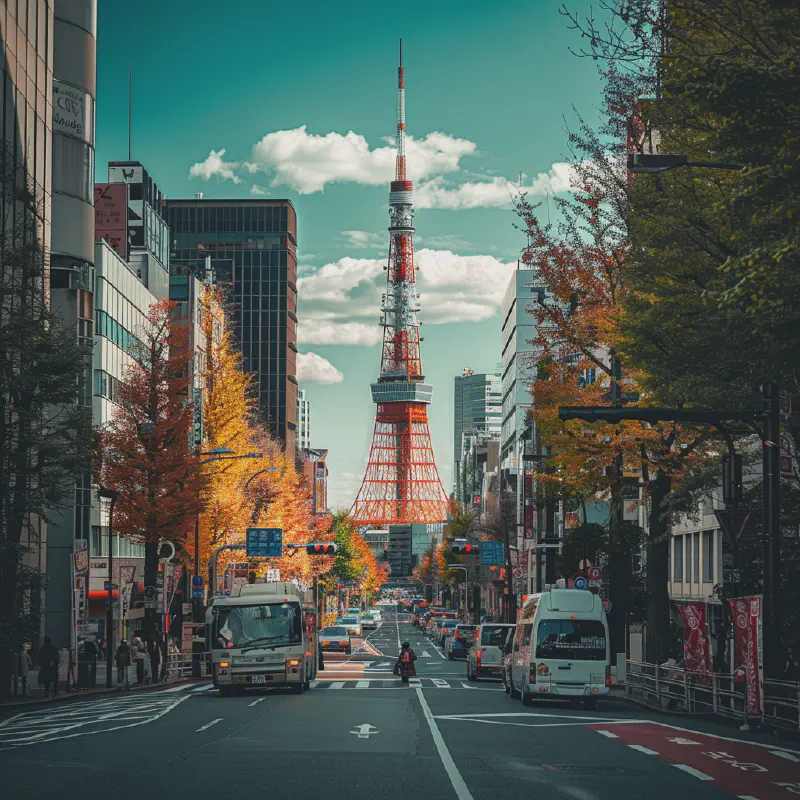From its electric energy to rich culture, Japan’s capital city provides a one-of-a-kind backdrop for a marathon. Running the Tokyo Marathon offers runners views of historic sites, enthusiastic crowds, and efficient organization that make it a must-do race. This complete guide will explore everything you need to know to take on the iconic Tokyo Marathon and have the experience of a lifetime.
The Tokyo Marathon Route
The Tokyo Marathon takes place on the streets of Japan’s energetic capital city. The flat, fast course winds through the heart of Tokyo, treating runners to sights of the Imperial Palace, Tokyo Tower, and more.
The race starts and finishes in front of the Tokyo Metropolitan Government Building in Shinjuku City. The 26.2 mile (42.2 km) route loops around the city in a rough “C” shape. It heads west to Asakusa, turns south through Ginza, then heads west again to finish back in Shinjuku.
While lacking major elevation changes, the course presents challenges like tight turns and crowded city streets. Understanding the course layout and key viewing spots allows runners and spectators to make the most of race day.
Starting Line: Shinjuku City
Race Morning Energy
On marathon morning, the streets transform into a sea of runners and spectators. The normally busy business district becomes filled with buzzing anticipation. Participants should budget ample time to reach the start area, as train delays are common with the influx of travelers.
Inside the starting corrals, runners stay warm by wearing throw-away layers and mingling with other participants. With runners from across Japan and the world, the starting line conversations hint at the diversity of stories soon to unfold.
Wave Starts
After the wheelchair race rolls off first, the elite women and men start, before the mass waves follow over the next hour. Each corral sets off to cheers and motivational music, running underneath the race’s red arches. The journey through Tokyo has officially begun!
Key Points Along the Route
Imperial Palace Gardens
Just before the 5K mark, runners pass the verdant Imperial Palace gardens. The residence of Japan’s emperor provides green space and classic Japanese architecture in the midst of the bustling city.
The Imperial Palace is an oasis of tranquility runners can appreciate before plunging back into the humming streets. The scene contrasts beautifully with the race’s energy, letting runners momentarily zone out and find their rhythm.
Asakusa District
Around 10K, runners reach the Asakusa district and its famous Senso-ji Temple. Spectators line the streets to cheer runners on as they pass this popular tourist destination.
The Senso-ji Temple offers spectacular ancient architecture and bustling street life unique to Tokyo. The large red lantern at Kaminarimon Gate is an iconic backdrop for runner selfies!
This district reveals Tokyo’s roots as an ancient temple town while also showing a modern, vibrant culture. Pop music, boisterous street vendors, and selfie-snapping runners contrast beautifully with the tranquil Senso-ji complex.
Tokyo Tower
At roughly the halfway point, the course runs near the iconic red and white Tokyo Tower. Completed in 1958, the communications tower has become a symbol of the city’s landscape.
Standing 333 meters high, Tokyo Tower is visible from many points along the route. This landmark serves as a navigation aid and visible target to motivate runners to keep moving forward.
Seeing the tower also connects runners to the marathon’s history. The first Tokyo Marathon in 2007 actually finished directly in front of Tokyo Tower. In some ways, the tower represents the finish line’s spirit casting its energy out along the entire course.
Ginza
Past 18 miles (30 km), runners hit the glitzy Ginza district, home to high-end shopping, dining, and the Kabuki-za Theater. The lively entertainment district provides energy for the final push.
Ginza provides a visual feast of neon signs, luxury boutiques, and cutting-edge architecture. This bustling commercial district contrasts the Imperial Palace’s tranquility earlier on the course.

Finish Line: Tokyo Station in Chiyoda City
Final Turn
Turning the last corner to see the finish ahead creates an emotional wave of relief, joy, and satisfaction. With each step, runners can visualize crossing that line, nearly taste that first sip of water, feel that medal placed around their neck.
Towards the finish, the crowds grow thicker, the cheers grow louder. Runners dig deep, summoning the last drops of endurance, driven by the promise of the finish. The final stretch seems endless yet over too soon.
Crossing the Line
Crossing the line triggers a rush of accomplishment, knowing months of training culminated in this moment. Some runners collapse, some cry, some raise their arms in victory. No matter the reaction, triumphant exhilaration pours through all who cover those last meters.
Tips for Running Tokyo
-
Stay close to a metro station with a direct line to the start.
-
Travel Light
-
Expect Crowds
-
Appreciate the Street Support
-
Sightsee Post-Race taking advantage of Tokyo’s fantastic metro system
History of the Tokyo Marathon
Origins
The Tokyo Marathon originated in 2007 as an Olympic qualifier race. The race proved immediately popular, selling out its initial 30,000 participant slots in the first year. It has since expanded to become one of the world’s largest marathons.
Spirit
While the elite field competes fiercely, the mass participation element creates an inclusive, welcoming atmosphere. Anyone from novice joggers to veteran marathoners can share in the excitement.
By planning extensively, immersing yourself in Japanese culture, and following race day tips, make your Tokyo Marathon experience unforgettable. The city offers incredible sights, cuisine, and hospitality if you prepare properly. Follow these recommendations to check Tokyo Marathon off your bucket list in an amazing way.
